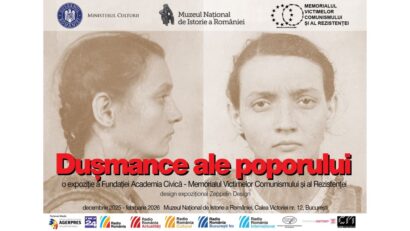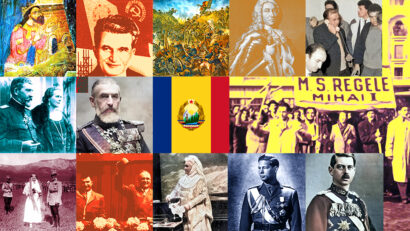Astronomy in the Romanian territories
The science of outer space is marred by a conflict between science and religion

Steliu Lambru, 04.03.2019, 12:39
The heavens have always held a fascination for people, irrespective of culture or degree of education. It manifests in a fascination with flight and the knowledge of what lies in the beyond, symbolic of human curiosity. Our perception of the sky and what can and cannot be seen with the naked eye or with the help of instruments makes for some of the most captivating chapters of human history.
To the present day, the science of outer space is marred by a conflict between science and religion. Even nowadays, people argue between the rational and the irrational, one to the exclusion of the other. However, the history of astronomy has been defined by men belonging to the Church, at least in the early days.
This has been the case in the Romanian territories as well. The first astronomer in the area that is now Romania is believed to be a monk, Dionisius Exiguus, who lived in the 5th to the 6th century CE in Tomis, what is now the seaside city of Constanta. Astronomers consider him to be the inventor of the current system of counting the years according to the Christian time line, establishing the year 1 CE as we count it today. Dionisius Exiguus, who mastered both Latin and Hellenic Greek, left us a Christian theology treaty. Astronomer Magda Stavinschi sees him as a great name in the time line of astronomy, and a great contributor to the science:
Magda Stavinschi: “On Romanian territories we have evidence of peoples interest in the Universe at large, the world we live in, in scientific terms, even though the people who dealt with this were Christian believers or even theologians. Perhaps the best example is Dionisius Exiguus, also known as Dionisius the Meek, who lived in Scythia Minor, in Tomis, nowadays known as Constanta. In 525, he wrote Liber de Paschatae, the Book of Easter. I believe him to be twice a genius. Once because, 500 years from the birth of Jesus, he estimated with an error of between 4 and 7 years the date Jesus was born. If today, with our present technologies and historical knowledge, we are unable to establish that date with precision, then it seems to me that Dionisius was a special person. He was not just any monk, he was called upon by the Roman Curia to set in place a calendar that would bring closer together the equinox and Easter as they stood in that century. The fact that, with his knowledge of history, foreign languages, mathematics and astronomy, he managed to estimate with such precision the birth date of Jesus, was a performance. He made Christs birth date known to the entire world, regardless of religion. And if people know no other historical date, they at least know the date when Jesus was born.
In the Romanian regions, just like in Western Europe, monasteries were centres of culture and education before the modernity ushered in by the 18th Century. In Romanian pre-modern times, the study of astronomy is tied to the name of ruler Constantin Brancoveanu (1688-1714), founder of churches and supporter of the arts. But Brancoveanu was also a promoter of science, as Magda Stavinschi tells us:
Magda Stavinschi: “Fast forward several centuries, we find a very interesting character living during the times of Brancoveanus rule. His name was Hrisant Notara, he was a Greek ethnic. At that time, a lot of teachers and researchers came from Greece. Brancoveanu brought him to Wallachia to tutor his children, because then, just like today, Romanians would send their children to study abroad, at the best universities in the world. In 1667, the Astronomical Observatory of Paris was founded by Louis XIV, and it was headed by an Italian scientist who came to be known under a French name, Jean Dominic Cassini. This Cassini worked closely with Hrisant Notara, sent there by Brancoveanu, and in 1716 Hrisant Notara published a book, called ‘Introductio ad geographia et sphaeram which had chapters on trigonometry, astronomy and sciences. We can safely say that this is the first science book ever published in the Romanian territories. Hrisant Notara was a scientist, he conducted observations, and I found his signature on the tables at the Paris Observatory. He also worked with the Observatory in Padua, in London and apparently in Moscow as well. And still, he went up the church hierarchy to become the Patriarch of Jerusalem. He made a compromise, in that he presented the Ptolemaic Model and the Copernicus Model as 2 versions of understanding the Universe. I see this as a compromise because I find it impossible for a man who works with the Paris and Padua and London astronomical observatories not to realize that the Copernicus model was the correct one.
Astronomy in what is today Romanian territory was a hobby as well as a scientific effort of those in search for explanations about the physical and spiritual world. The conflict between religion and science was actually stemming from the same pursuit of truth, in Europe and in the Romanian Principalities alike.
(translated by: Calin Cotoiu, Ana-Maria Popescu)






























